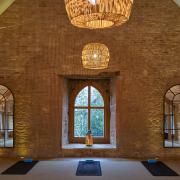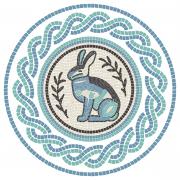Set near to the ancient Salt Way, and away from malevolent influences of the outside world, the 13th-century Hailes Abbey, two miles from Winchcombe, was built to the glory of a merciful God and for the fulfilment of sacred devotion.
No longer extant, this magnificent edifice must have been a monumental expression of piety in stone, as though a million prayers took flight from the ground and became petrified as they rose up. Tragically, those prayers were dashed to the ground by Thomas Seymour in the 16th century, under the aegis of his brother-in-law, Henry VIII. It is a familiar story, with an unhappy ending: integrity and honour crushed by petulance and greed.
One of the last Cistercian abbeys in England, it was founded in 1246 by Richard, Earl of Cornwall, in thankful appreciation of his safe deliverance from a shipwreck.
This vast edifice, and its 13,000 acres of land, was financed in large part by the huge numbers of pilgrims who visited to see the ‘Holy Blood of Hailes’, a phial said to have contained the blood of Christ after his crucifixion. It was apparently purchased in Germany by Edmund of Almain, Richard’s son, and passed off as the real thing; given further credence when it was authenticated by no less an authority than Pope Urban IV, the relic was placed in a shrine in the high altar. Chaucer made reference to it in The Pardoner’s Tale: ‘By the blode of Crist that is in Hayles’. Such was the power of faith, impressionable pilgrims believed they were in the presence of the Lord’s life blood.
Many were cynical of such claims, calling it a fake, adding that it contained nothing more holy than the blood of a duck. In 1538, the Bishop of Rochester, one John Hilsey, opened it and declared the contents nothing but ‘honey, clarified and coloured with saffron’. But Edmund was something of a souvenir hunter, for he later brought back a golden cross that he purported to be from the one true cross. There are echoes here of the belief that tiny bottles, treasured by pilgrims, contain the breast milk or tears of the Virgin Mary, when such enterprises owe more to the presence of an adjacent river or outside tap.
Nearby, the early 12th-century Hailes church is a honeyed-stone delight, whispering simplicity and old time, and retains the muted shades of 14th-century wall paintings.
Despite its ruinous and denuded aspect, the secluded site evokes an unearthly romance and retains its still, contemplative peace. It is not difficult to imagine the monks devoting themselves to a life of prayer and solitude, in harness to a higher authority. By its very nature, it would have been a life of sacrifice and ascetic simplicity; clear minds and intentions were essential for communicating with God, without the distractions of material possessions. Even keeping warm was considered a weakness: apart from the abbey kitchen and infirmary, the only place with a fire was the warming house, wherein the brothers could temporarily relieve the hard winter chill in their bones before going back to copying and working on beautifully illuminated scripts.
But on Christmas Eve 1539, despite lives of worship to the Almighty, the brothers probably considered themselves unworthy sinners, when they witnessed the mindless vandalism ordained by a mercenary king. Divine providence, and not a little commercial hustling, may have given them the opportunity to build their magnificent sanctuary, but there was no such celestial intervention to stay the hands that tore it down, stone from stone.






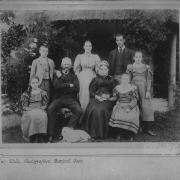





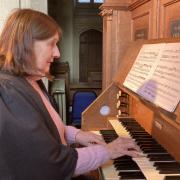

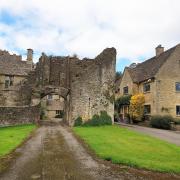

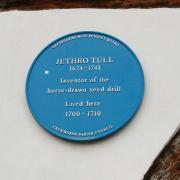

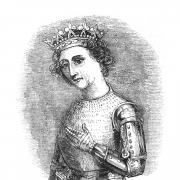

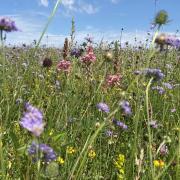
![Latenightpass with Gina Andrews [left] wins the Cross Country Chase at Cheltenham, December 15, 2023. Photo: Steve Davies/SDphotos.co.uk](/resources/images/128x89/1x/17621852.jpg)
![Latenightpass with Gina Andrews [left] wins the Cross Country Chase at Cheltenham, December 15, 2023. Photo: Steve Davies/SDphotos.co.uk](/resources/images/180x180/1x/17621852.jpg)

